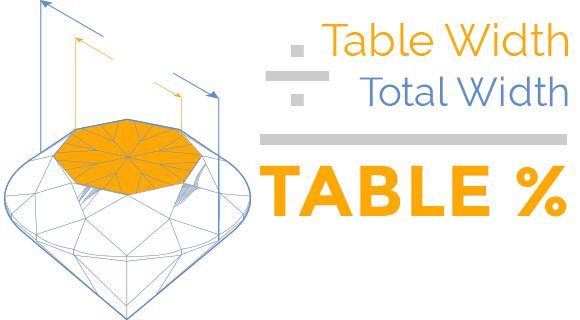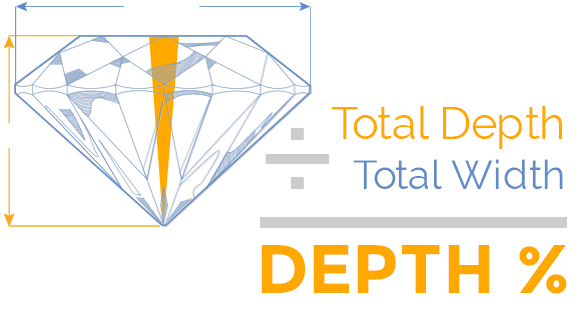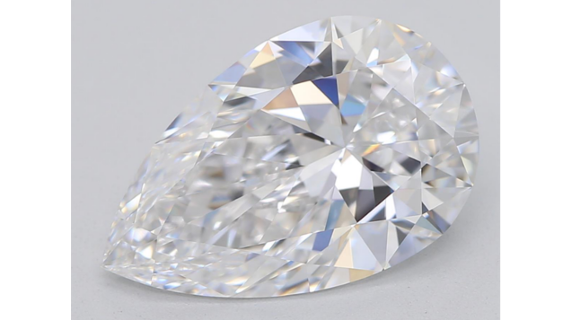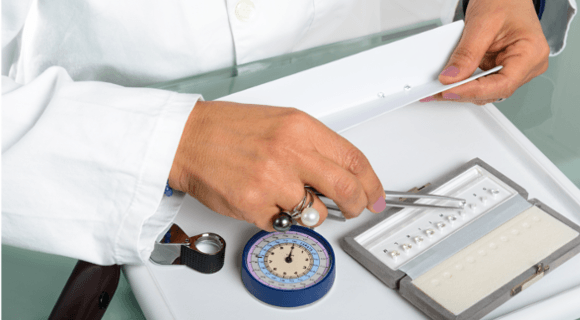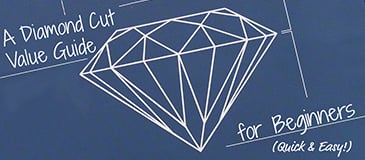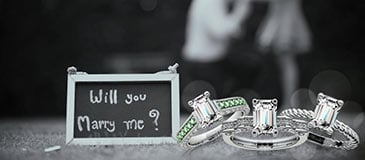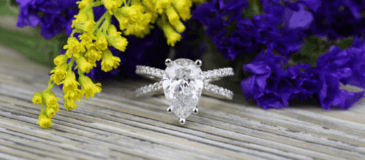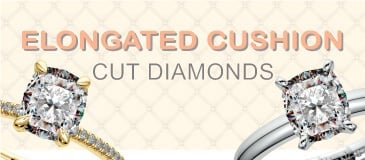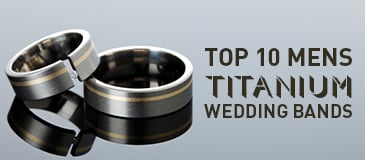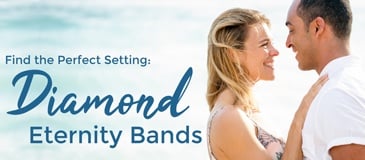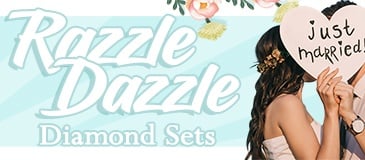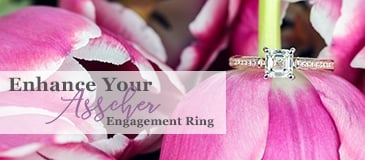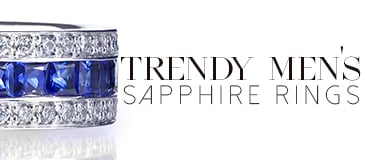Diamond Buying Guide Chart For Every Shape

Shape is truly an important factor when buying a diamond. The contours and outlines of a diamond’s shape play a major role in its unique beauty. With so many shapes to choose from, it is essential to have a diamond buying guide chart.
When searching for the perfect diamond shape that meets your specific preferences and budget, there are a few diamond proportions and terms to understand.
Diamond proportions refer to the stone’s dimensions and facet angles, as well as the relationship between them,
according to the EGL USA Gemological Laboratory.
